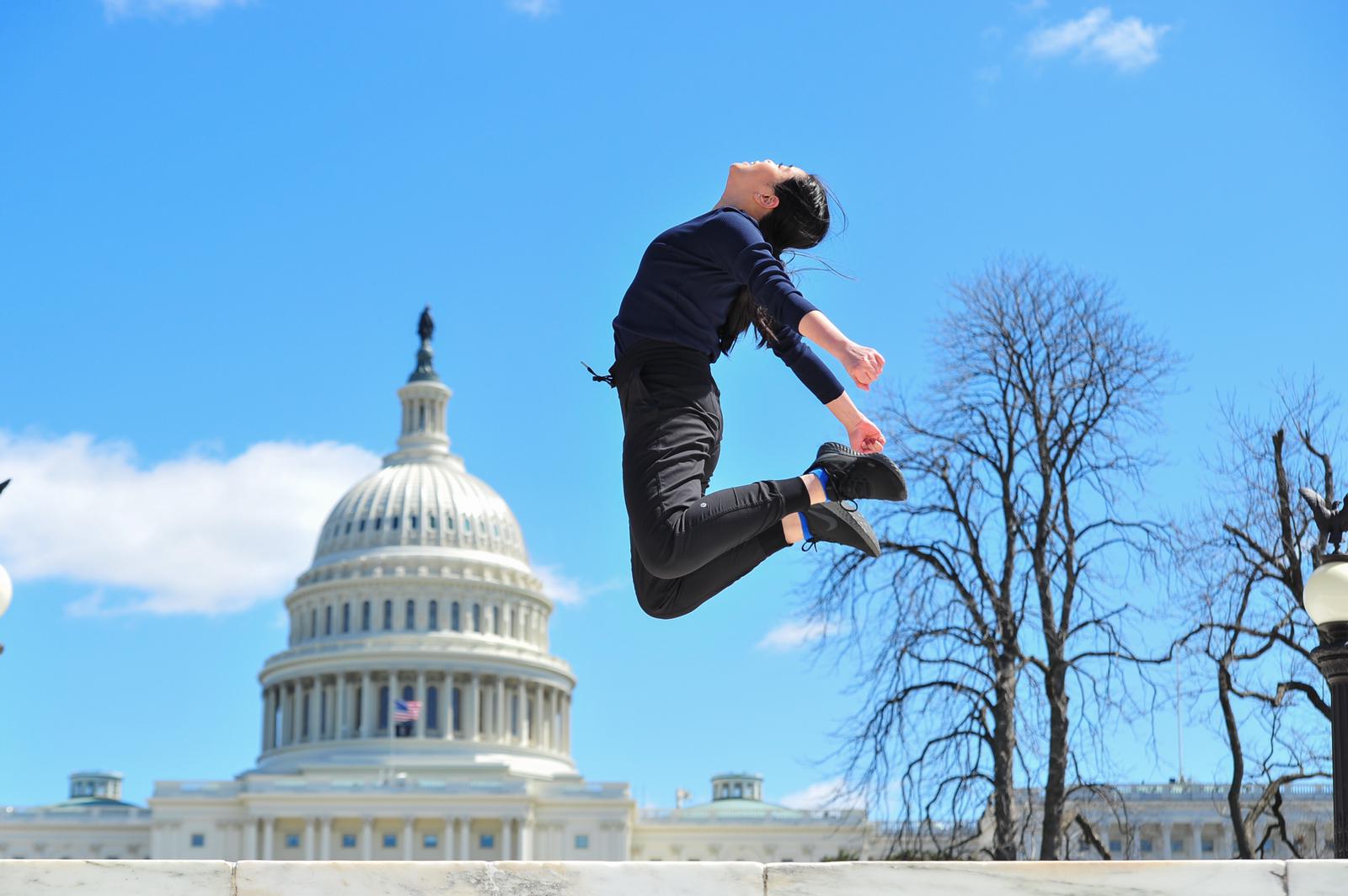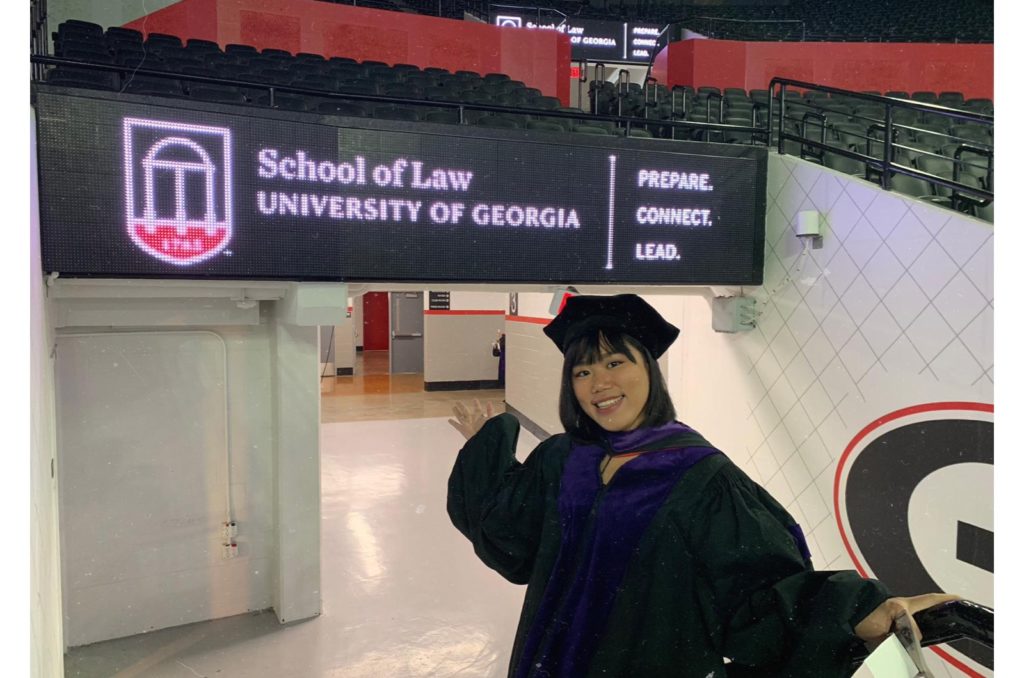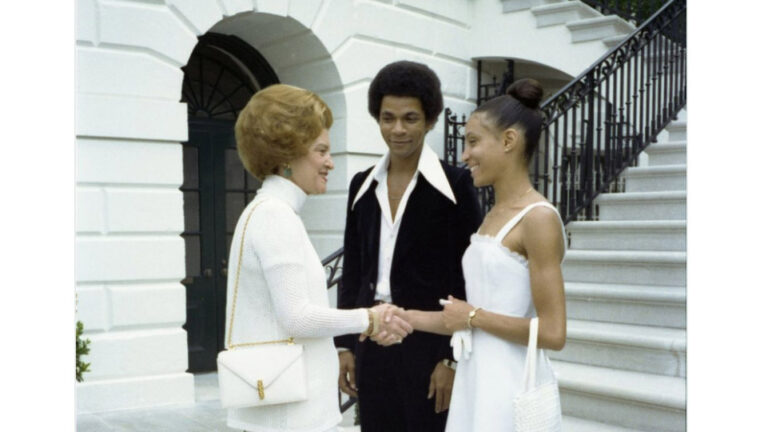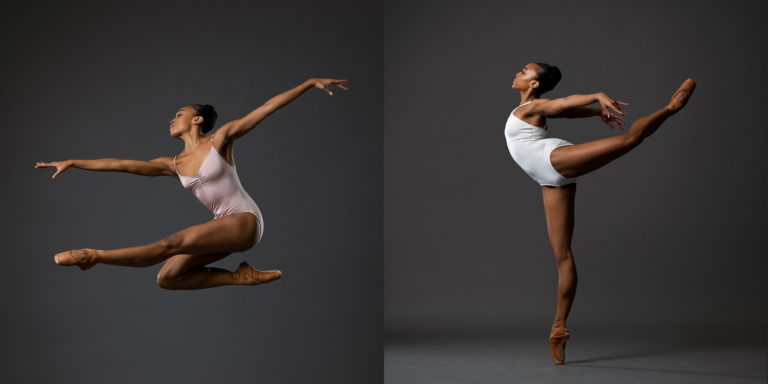
It was only ever supposed to be a year off. I was 22 and had just graduated from the University of Georgia with a Master of Laws, on top of the law degree I’d already earned in my home country of Indonesia. I was so passionate about learning the law—and pretty good at it, too! Still, another part of me wondered if this was it: if every single day for the rest of my life would be papers and documents and stagnation.
Dance had always been my other big passion. Before moving to the U.S., I’d trained in classical ballet under the Royal Academy of Dance syllabus. When I moved to Athens, Georgia, for law school, I danced with Dancefx Athens. There, I got more exposure to jazz, contemporary and hip hop—and found the Martha Graham School’s Instagram. I was in awe of the dancers’ strength and control. Despite not having any background in modern dance, I decided to apply to the Graham School and told my parents I wanted a break from law, a “gap year.” They were hesitant at first, but decided to go along with it.

Arriving in New York City in early 2020 to start studying Graham energized my commitment to dance. Everyone in the dance community stayed so supportive and positive, even during quarantine. I realized during those first few months of the pandemic that I love how dance demands you stay 110 percent present physically, mentally and emotionally. As a lawyer, you can show up sleepy or be thinking about your lunch the whole time. Not in ballet class!
The first six months of my gap year, I threw myself into various online courses: I did everything from choreography class with Kevin Jenkins, to making a dance film with the Mobile Dance Film Festival, to volunteering as a teaching artist with the International Rescue Committee’s Refugee Youth Summer Academy.
That last experience showed me that I love teaching. From one week to another, I saw my students slowly becoming more confident and comfortable with moving their bodies. Sharing your love for dance is precious. It’s deeply personal; it’s giving and receiving at the same time. It touches my life in a way corporate life does not. Teaching dance made me start to look at myself and people around me with more compassion and gentleness. So, with savings dwindling and the scheduled end of my gap year approaching, I updated my action plan to include applying to teacher-training programs.

My family’s temporary hesitation was nothing compared to how acquaintances react when they hear I walked away from potentially earning $5,000 a month. The biggest assumption seems to be that I suck at lawyering. (Not true; I graduated cum laude from law school and had worked for an immigration attorney in Athens.) The way I see it, I need to pursue a career that feels fulfilling for me. Yes, I get jealous when I see my law school friends’ apartments and designer bags. But I only have to support myself, and living frugally isn’t impossible.
The other common reaction comes from certain ideas about what lawyering entails. I’ll hear, “But you’re so disciplined/smart/persistent/brilliant!” Being a dance teacher requires all of that too. Some people don’t see teaching 5-year-olds as a real job, or they just assume that it’s so easy anyone could do it. I can safely say that each profession has its own difficulties. It’s not fair to judge one over the other.
It’s especially unfair to compare if you just think about how much lawyers and dance educators actually have in common. Both professions require a real can-do attitude, whether that’s about dancers’ potential or your own ability to get a win for your client. Both jobs demand strong boundaries and poised professionalism. And, of course, both lines of work tend to attract perfectionists.
I do still keep up with what’s happening in the legal field. Lately, because of the pandemic and my own experiences, I’ve been closely following immigration law. A lot of immigrant artists feel discouraged because it’s so many words and so much paperwork. In ideal circumstances, I would split my time between dance and serving dancers as an immigration lawyer. Unfortunately, the terms of my current visa limit what kind of work I can do in the U.S. Regardless, I plan on volunteering some time to summarize and explain these laws for dancers affected by them.
This June, I completed the Mark Morris Dance Group’s Teaching Artist Training Program. And in the fall, I’ll start the ABT/NYU master’s degree program in teaching dance. I’m so glad that I’ve made this decision to pivot professionally, and I haven’t regretted it for a moment. If you’re going to be in a career path for a long time, I think you should feel inspired every single day. What’s more inspiring than watching young people learn and grow, all through the lens of movement?



